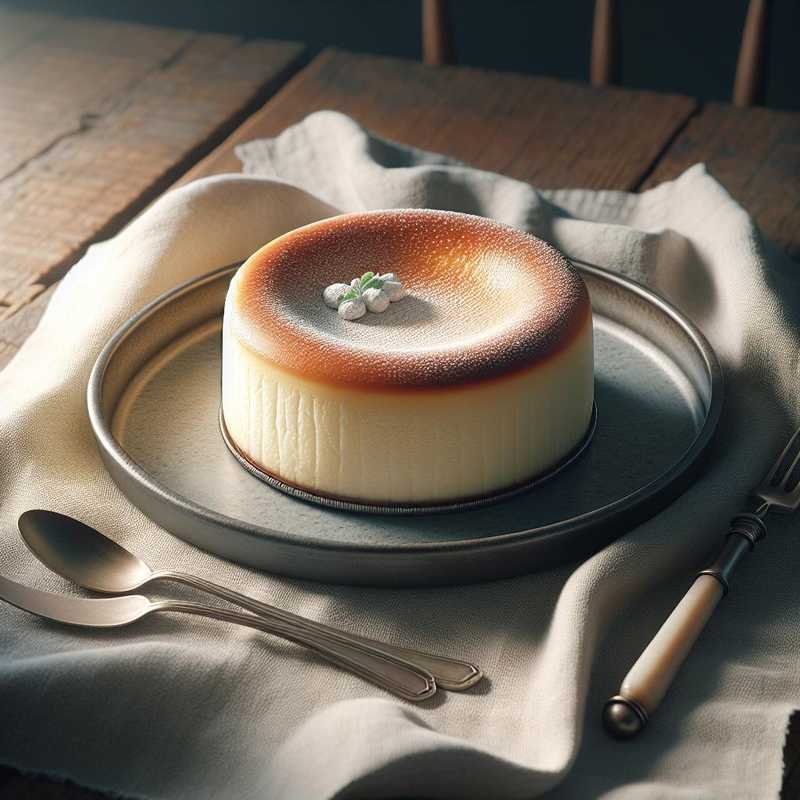Japanese Cheesecake
17/11/2023The Japanese cheesecake, also known as “cotton cheesecake” for its soft and light consistency, is a delicious dessert that combines traditional cheesecake with a kind of soufflé, resulting in a more airy treat. Here’s how to prepare it with an Italian twist:
Ingredients
- 200 g of cream cheese (like Philadelphia)
- 60 g of butter
- 100 ml of milk
- 6 eggs (yolks and whites separated)
- 140 g of sugar (70 g for the yolks, 70 g for the whites)
- 60 g of sifted flour
- 20 g of cornstarch (cornflour)
- 1 tablespoon of Italian lemon juice
- The grated zest of 1 Italian lemon to add a Mediterranean aroma
- 1/4 teaspoon of cream of tartar or a few drops of lemon (to stabilize the whites)
Preparation
-
Preheat the oven to 160 °C. Line the bottom and sides of an 18-20 cm diameter springform pan with parchment paper.
-
In a small pot, melt the cream cheese, butter, and milk over low heat. Once the mixture is smooth, remove from heat and allow to cool slightly.
-
Add the egg yolks to the cheese mixture, one at a time, mixing well after each addition. Also incorporate 70 g of sugar, sifted flour, and cornstarch. Stir until you obtain a homogeneous mass.
-
Add Italian lemon juice and zest for a touch of freshness and flavor.
-
In a separate bowl, beat the egg whites with an electric mixer until they start to foam. Add the cream of tartar or a few drops of lemon, then continue beating, gradually adding the remaining 70 g of sugar, until you obtain a glossy and firm meringue.
-
Gently fold the meringue into the cheese mixture, in several additions, using a spatula and gentle movements from top to bottom to avoid deflating the mixture.
-
Pour the batter into the prepared pan and tap it on the work surface to remove any air bubbles.
-
Bake the cheesecake in a water bath for about 85 minutes or until the surface is golden and a tester inserted in the center comes out clean.
-
Turn off the oven and let the cheesecake cool inside with the door slightly open to avoid temperature shocks that could cause cracking.
-
Once completely cooled, place the cheesecake in the fridge for at least 4 hours before serving.
A curiosity: Japanese cheesecake differs from the traditional one not only in texture, but also in its delicate and less sweet flavor. It’s a dessert that reflects the subtlety and aesthetics of Japanese pastry, but with the addition of Italian lemon, it becomes a pleasant meeting of cultures in taste.
